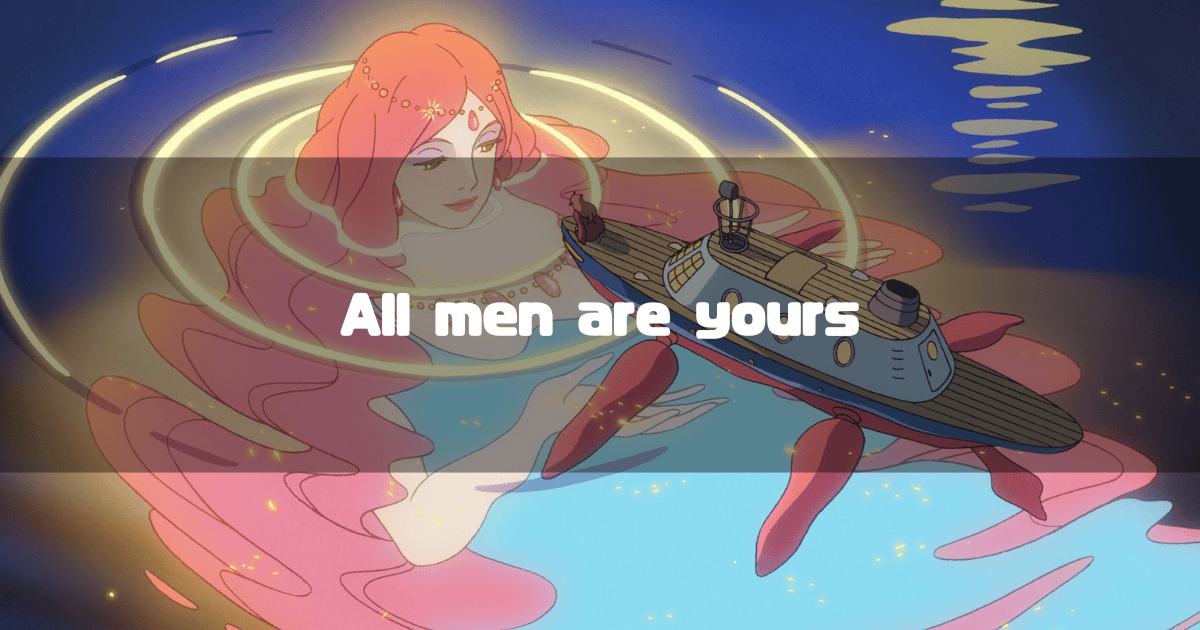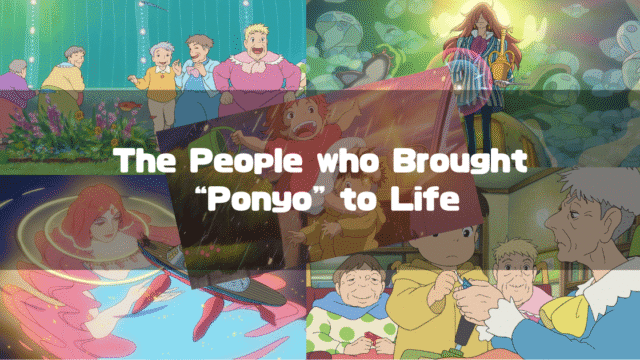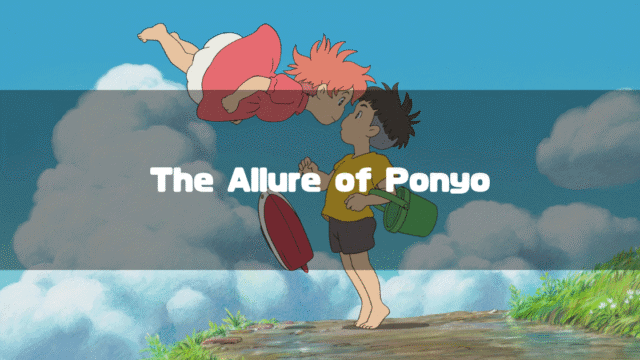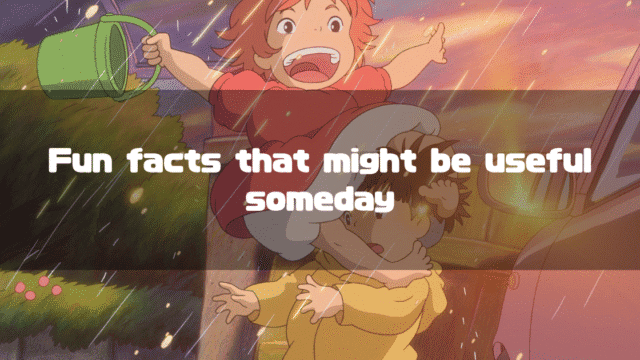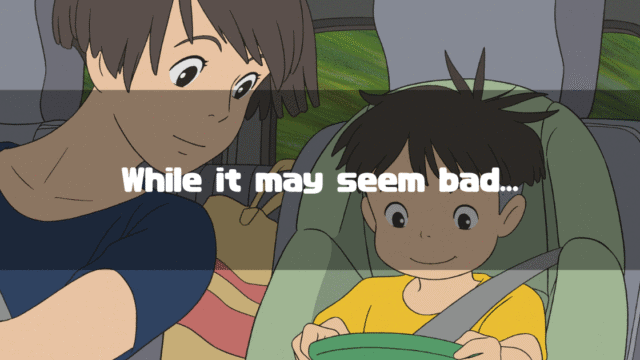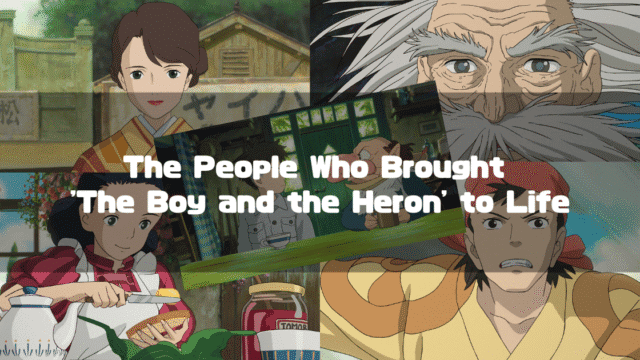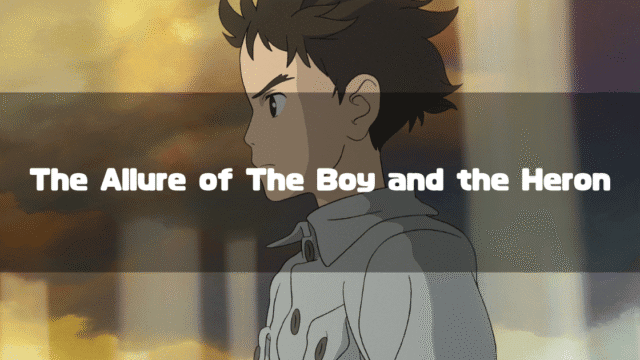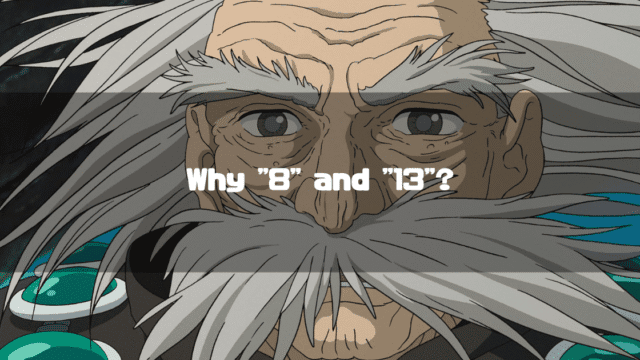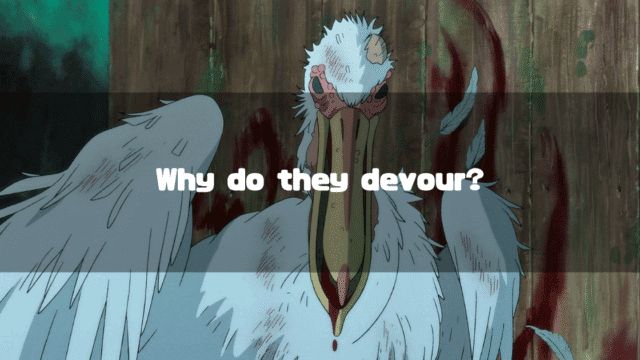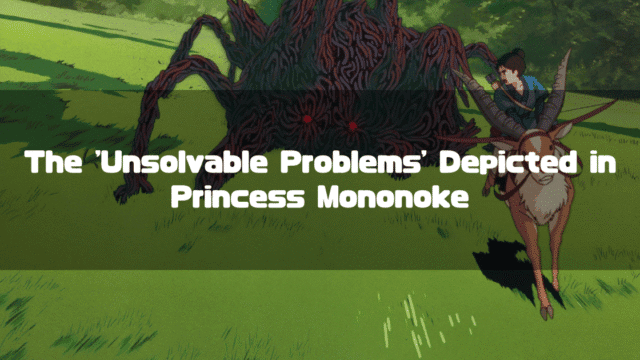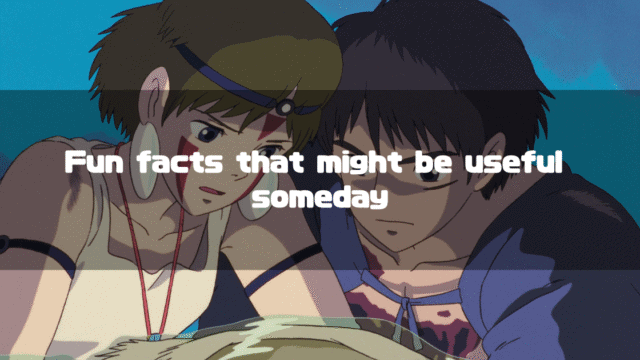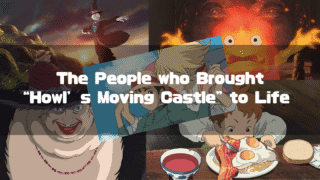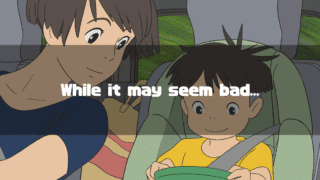“Ponyo(Official Studio Ghibli)” is an animated feature film directed by Hayao Miyazaki, released in 2008. I remember when it was released, it had a strange ‘for kids’ vibe, and as a university student at the time, it didn’t seem very appealing to me.
Nevertheless, I remember going to see it, feeling a bit embarrassed, simply because it was “the latest Hayao Miyazaki film.” However, I don’t remember at all what I thought of it at the time—whether I found it “interesting” or “boring.”
Although I only have such vague memories of “Ponyo,” this time it’s the third installment in my “Hayao Miyazaki’s Trilogy of Male Sorrow” series, following “Porco Rosso” and “Howl’s Moving Castle,” and the focus of our discussion is Gran Mamare.
What kind of “sorrow” is depicted in this work?
*This article is an English translation of the original Japanese article, “【崖の上のポニョ】グランマンマーレの真実と宗介に託した未来-宮崎駿男の悲哀シリーズ③-“
Let an AI walk you through the highlights of this post in a simple, conversational style.
- The Relationship Between Gran Mamare and the Anglerfish
Gran Mamare is “the sea itself,” an entity beyond human comprehension. Her true form is a deep-sea anglerfish, and the fate of the male anglerfish, which is absorbed by the female, is reflected in the film, symbolizing male sorrow. - Male Sorrow and Fujimoto’s Role
Fujimoto embodies “male sorrow” by being taken in and mentally fused with Gran Mamare. This is a common theme in “Porco Rosso” and “Howl’s Moving Castle,” depicting men who fall for a woman and are ultimately absorbed by her spiritually. - Sōsuke’s Future and Miyazaki’s Message
It is suggested that Sōsuke will not be absorbed by Ponyo and has a free future. Director Miyazaki, while depicting the sorrow of the “man on the verge of capture,” conveys the message that freedom and hope await Sōsuke. This story is valued as a work with a consistent theme as part of the “Trilogy of Male Sorrow.”
The Truth of Gran Mamare, Male Sorrow, and…
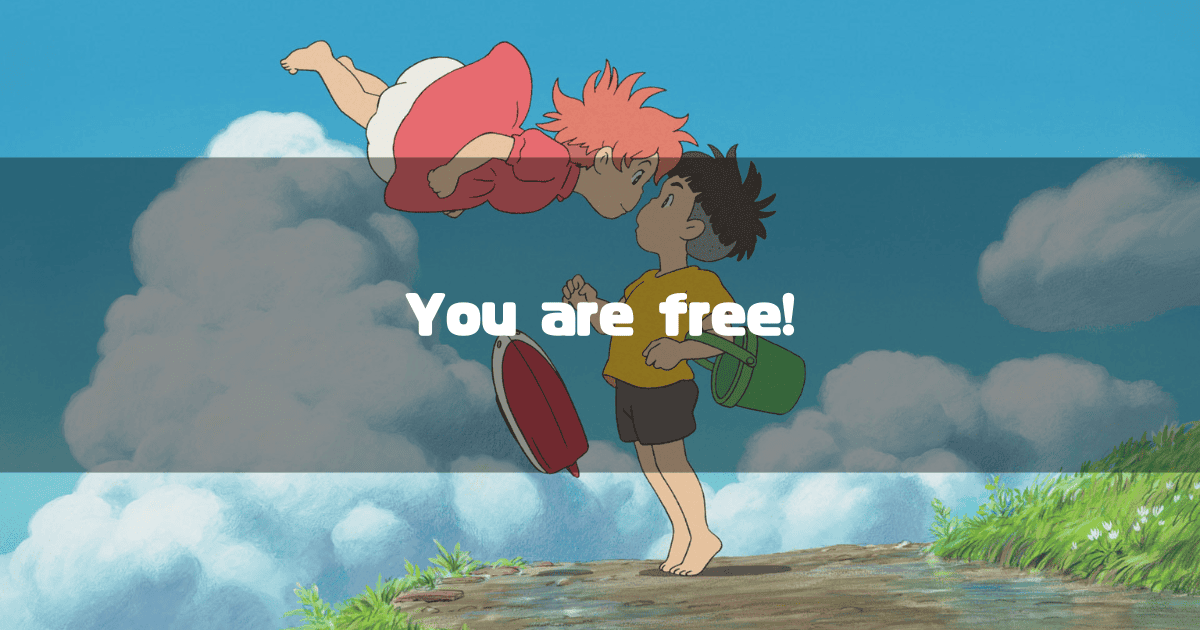
The Mysterious Existence of the Anglerfish
The Truth of Gran Mamare
In the film “Ponyo,” Gran Mamare is arguably the most powerful being, unapproachable by any other.
As Ponyo’s mother and “the sea itself,” Gran Mamare exists in a world where human common sense does not apply, and her sense of time is fundamentally different from ours.
Towards the end of the story, the world is struck by a great flood, but for Gran Mamare, who is “the sea itself,” such a change to the world is likely insignificant.
However, this Gran Mamare actually has a “true form.” Her true identity is an “anglerfish.” This is written in “The Place Where the Wind Returns, Continued” (Zoku: Kaze no Kaeru Basho, in Japanese). Here is a quote:
Miyazaki: “But there are many tales of interspecies marriage in Japan. Like, that mother is actually a giant anglerfish. We talked about that among the staff. But even if a one-kilometer-long anglerfish appeared, we wouldn’t know how to fit it on the screen (laughs), so she can also take human form, and her size is freely adjustable. It’s the world of Sun Wukong, essentially. In the story of Sun Wukong, there’s a part where a goldfish from the celestial realm escapes to the mortal world for about three days and rampages as a monster. That was three years in mortal time. In the end, I think it gets taken away by the Bodhisattva Guanyin (laughs). That’s the kind of story it is, basically.”
(Original Text in Japanese)
宮崎「でも異種婚礼っていうのは日本には数々あるからね。あのお母さんだって本当は巨大なアンコウなんだとかね。そういうことは、スタッフの中で話してたんですよ。でも差し渡し1キロのアンコウが出てきても画面の中にどう入れていいかわかんないから(笑)、ちゃんと人間の姿を取ることもできて、その代わり大きさは自由自在っていう。要するに孫悟空の世界ですね。孫悟空の中に、天界にいた金魚が3日間ほど地上に逃げて、化けものになって暴れるっていう話があるんですよ。それが地上では3年間だったとか。最後は観音様だったかに連れていかれちゃうんですけど(笑)。そういう話ですよ、要するに」
But a natural question is, “So what?” To answer that, we need to know the fate that awaits the male anglerfish.
The Fate of the Male Deep-Sea Anglerfish
Now, speaking of anglerfish, what we men, or rather “males,” must remember is the relationship between male and female—or rather, female and male. For example, the deep-sea anglerfish.
The female deep-sea anglerfish grows to about 40 centimeters in length, but the male is only about one-tenth of that size. To be blunt, the male is insignificant.
Furthermore, they are destined for a sad fate.
When the male deep-sea anglerfish mates with a female… he gets absorbed by the female. Moreover, these anglerfish are fundamentally polyandrous. The male is merely a “statistical figure.”
I first learned this fact probably from watching “Sekai Marumie! TV Tokusōbu” as a child. I feel like that episode also broadcasted the sadness of some squid mating rituals, but in any case, it was a fact that struck a chord even in my young heart.
It’s a fact that makes you ponder more as you get older, but if you think about it calmly, doesn’t a question arise? Why don’t deep-sea anglerfish have a rejection response?
If this were the human body, for example, a male trying to fuse with a female would trigger an immune rejection, making fusion an impossible dream. And for good reason—our bodies have an immune system. As long as it exists, our bodies are recognized as “foreign enemies” by a female’s body, so we never fuse (thank goodness!).
So what about the deep-sea anglerfish? Well… it turns out “they don’t have an immune system, so they don’t have a rejection response.”
This is explained on the site “ScienceNews” in the article “An immune system quirk may help anglerfish fuse with mates during sex“
For a moment, you might think, “Wow! How clever!” But think about it: instead of abandoning something as important as an “immune system,” couldn’t they have just maintained it and given the males some “rights”?
In any case, we feel something for the males of some anglerfish species, including the deep-sea anglerfish.
Now, let’s return to “Ponyo.”
If Gran Mamare is a deep-sea anglerfish, then her husband, Fujimoto, must be completely absorbed by her. This is the very essence of male sorrow. In the end, it suggests that “it is the nature of man to be captured by the woman he loves and be spiritually fused (or rather, absorbed) by her.”
This is a theme that runs through “Porco Rosso” and “Howl’s Moving Castle,” though depicted from different perspectives in each film.
And this might seem to be the fate of Sōsuke, who has been chosen by their daughter, Ponyo. But is that really the case?
The Future Entrusted to Sōsuke
One of the things you might think after watching “Ponyo” is, “It’s a pity that a child like Sōsuke has to bear the fate of ‘Ponyo.'”
Indeed, that would be the case if you didn’t know the fact that “Gran Mamare is a deep-sea anglerfish,” but assuming that fact, the perspective changes slightly.
At the end of the story, after the “secret talk” between Gran Mamare and Sōsuke’s mother, Ponyo becomes human.
And having become human, it also means she has become a being who cannot fuse with a man.
Therefore, an infinite future still awaits Sōsuke. He is not being absorbed by Ponyo.
This is likely Director Miyazaki’s message, or feeling: “Sōsuke! You can still fly! You can fly freely!” In the end, it might be a return to “Porco Rosso,” but there’s a slight difference in meaning between a story that says “We are free!” and one that says “You are free!”
To put it another way, it’s probably a cheer for “males” who are still children, like Sōsuke.
It’s as if he’s saying, “We are on the verge of being captured, and in the end, we are captured, but we are not deep-sea anglerfish!“
However, just like in “Howl’s Moving Castle,” this is the “smug talk of a captured man.” For someone who hasn’t been captured, the feeling is probably, “I don’t care if I’m an anglerfish, just capture me!”
In any case, isn’t it somewhat interesting to view “Porco Rosso,” “Howl’s Moving Castle,” and “Ponyo” as a continuous story, as the “Hayao Miyazaki’s Trilogy of Male Sorrow”?
At least, that’s what I think.
The images used in this article are from “Studio Ghibli Still Images“.
About the Author
Recent Posts
- 2025-09-16
Maleficent: Full Synopsis and Analysis – A Tale That Complements and Corrects the “Questionable Points” of Sleeping Beauty - 2025-09-15
An Analysis of Disney’s “Sleeping Beauty”: Plot Spoilers, Its Enduring Charm, Lovable Nitpicks, and Differences from the Original Tale - 2025-09-06
The Boy and the Heron: Characters, Voice Actors & Analysis - 2025-09-06
The Boy and the Heron: Full Synopsis & Analysis (Spoilers Explained) - 2025-09-06
The Boy and the Heron: The Amusing “Fraud” Legends of Toshio Suzuki, the Model for the Gray Heron – The History of the Masterful Skill that Supported Studio Ghibli –

